
Persian Manna Plant
(MRP Inclusive of all taxes)
- Shipping ₹79 for entire order
- Dispatch in 7 days
- Country of origin: India

(MRP Inclusive of all taxes)
 Save 29%
Save 29%
Air Purifier Money Plant with Pot The Air Purifier Money Plant, also known as Pothos or Epipremnum aureum, is a stunning indoor plant that...
View full details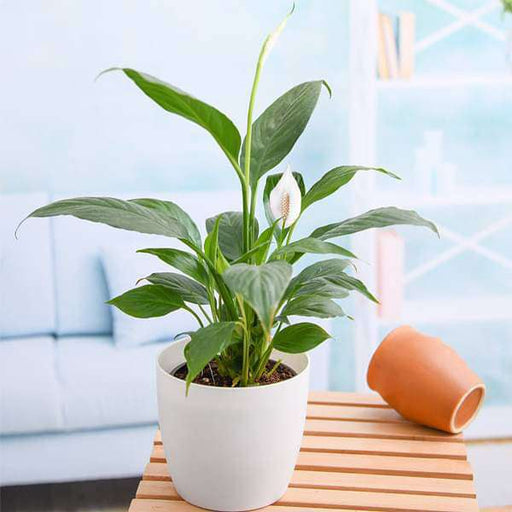
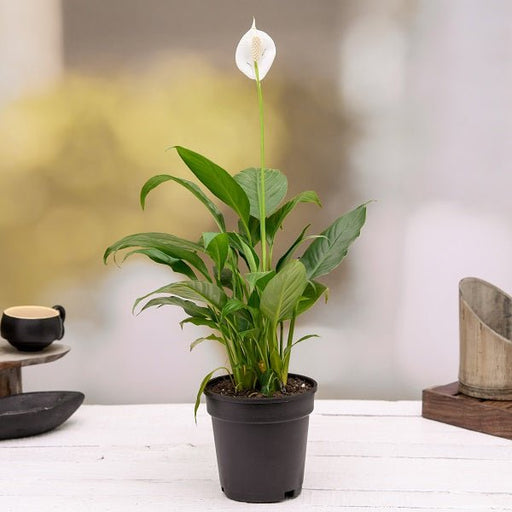 Save up to 15%
Save up to 15%
Peace Lily, Spathiphyllum - Plant The Peace Lily, scientifically known as Spathiphyllum, is a stunning houseplant celebrated for its elegant white...
View full details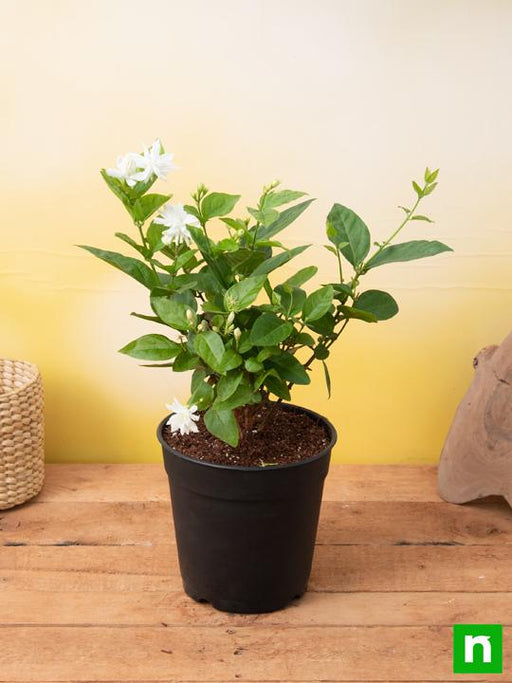
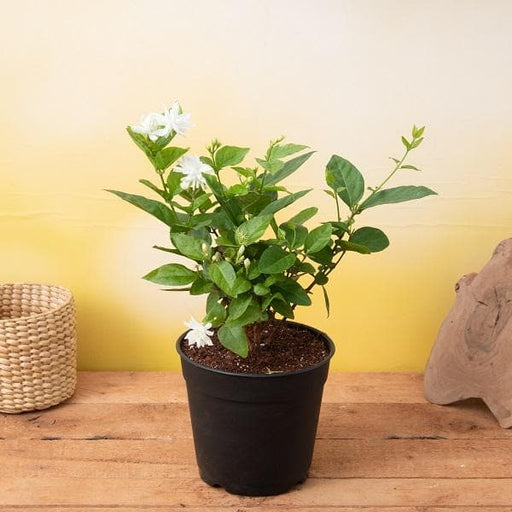 Save 25%
Save 25%
Jasminum sambac, Mogra, Arabian Jasmine - Plant Jasminum sambac, commonly known as Mogra or Arabian Jasmine, is a fragrant flowering plant...
View full details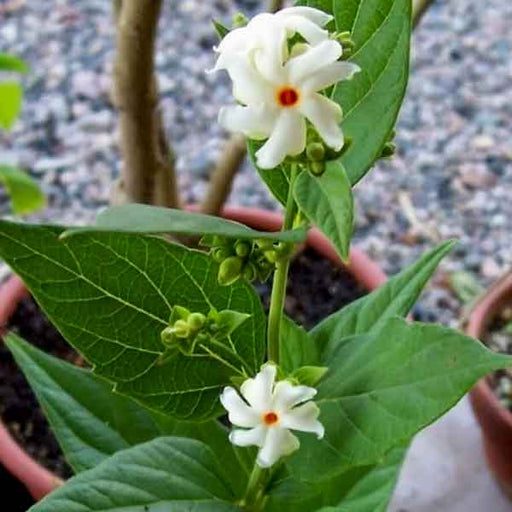
 Save 18%
Save 18%
Combo Constituents Includes the Parijat Tree (Night-Flowering Jasmine), a culturally significant plant with fragrant flowers. Description The Pari...
View full details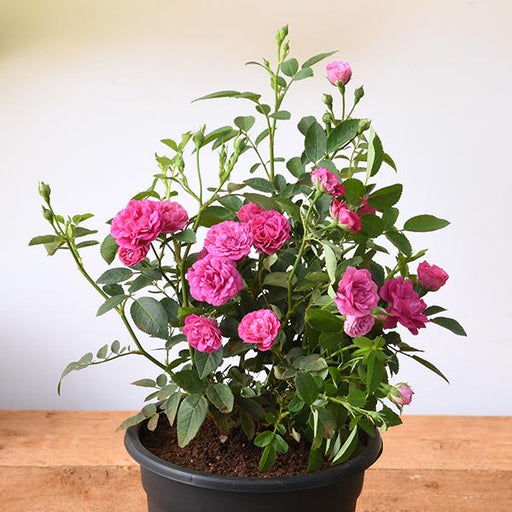
 Save 25%
Save 25%
Miniature Rose, Button Rose (Any Color) - Plant The Miniature Rose, also known as the Button Rose, is a charming and compact flowering plant that ...
View full details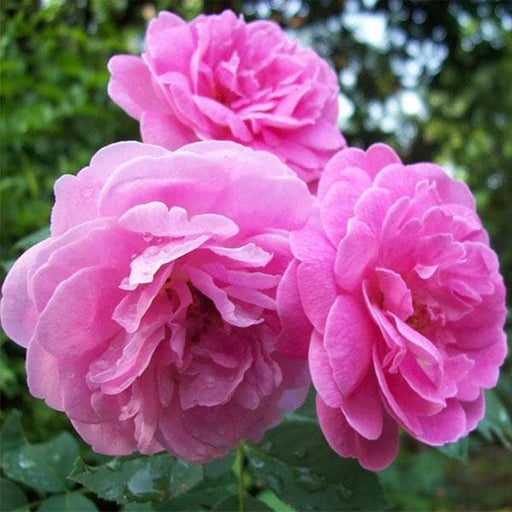 Save 25%
Save 25%
Damascus Rose, Scented Rose (Any Color) - Plant The Damascus Rose, also known as Rosa damascena, is a timeless symbol of beauty and romanc...
View full details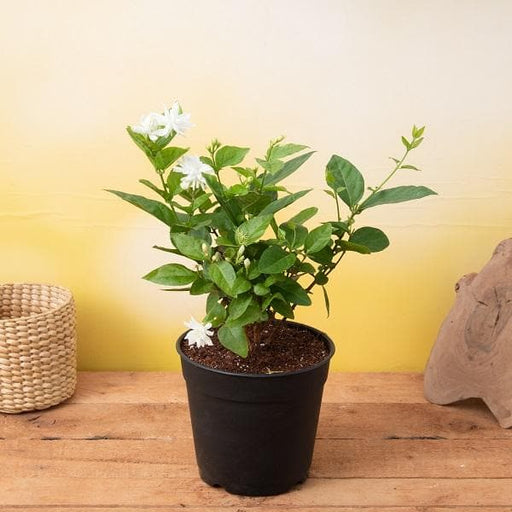
 Save 17%
Save 17%
Beautiful Fragrant Mogra, Arabian Jasmine Plant with Pot The Beautiful Fragrant Mogra, also known as Arabian Jasmine (Jasminum sambac), is...
View full details Save 15%
Save 15%
Pack of Vermicompost and Neem Cake for House Plants Transform your indoor garden with our premium Pack of Vermicompost and Neem Cake, spec...
View full details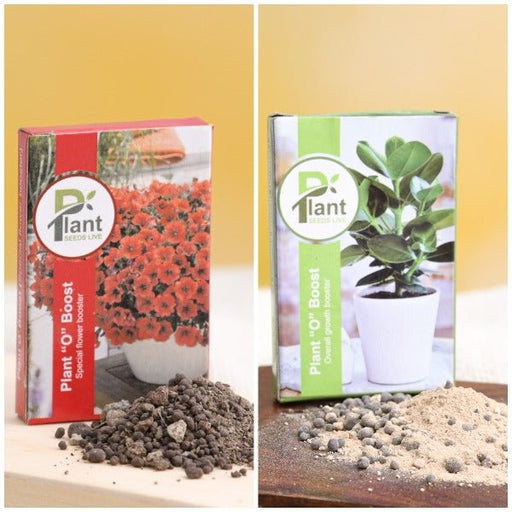
Pack of Plant Growth and Flower Boosters Unlock the full potential of your garden with our Pack of Plant Growth and Flower Boosters! This ...
View full details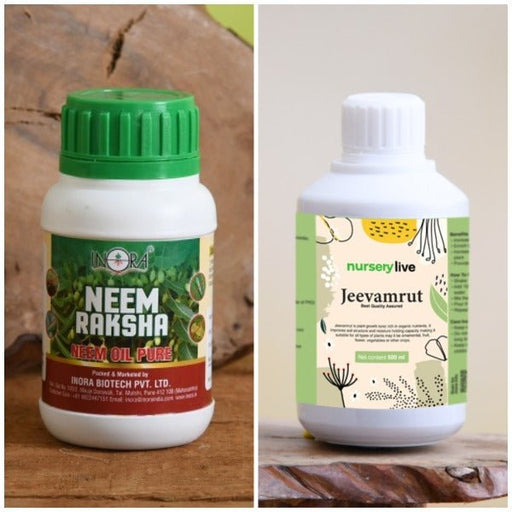 Save 38%
Save 38%
Combo of Jeevamrut and Neem Raksha for Easy Growth and Protection of Houseplants Transform your indoor garden with our exclusive combo of ...
View full details Save 22%
Save 22%
Plant Nutrients Kit (Pack of 16) for a Healthy Garden Transform your garden into a lush paradise with our Plant Nutrients Kit, featuring 1...
View full details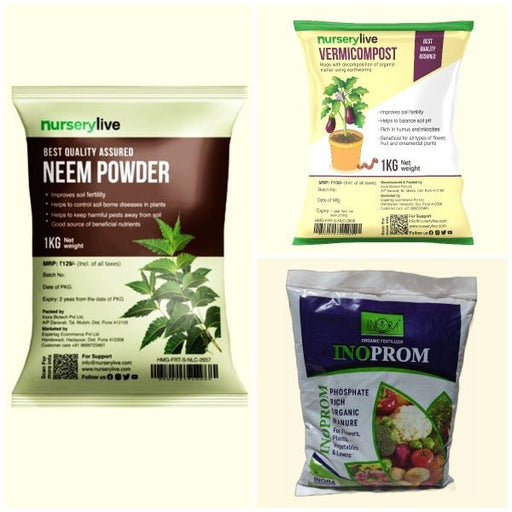 Save 16%
Save 16%
Combo of Top Plant Fertilizers Elevate your gardening game with our exclusive Combo of Top Plant Fertilizers, featuring two bags of premiu...
View full details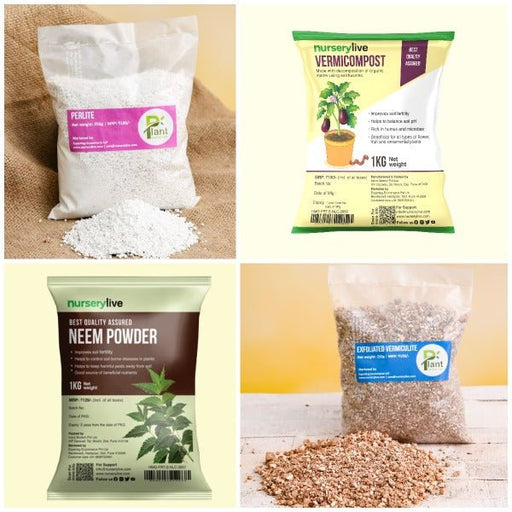 Save 24%
Save 24%
Pack of 4 Additives to Make Soil Healthy and Nutrient Rich Transform your garden into a thriving ecosystem with our Pack of 4 Additives de...
View full details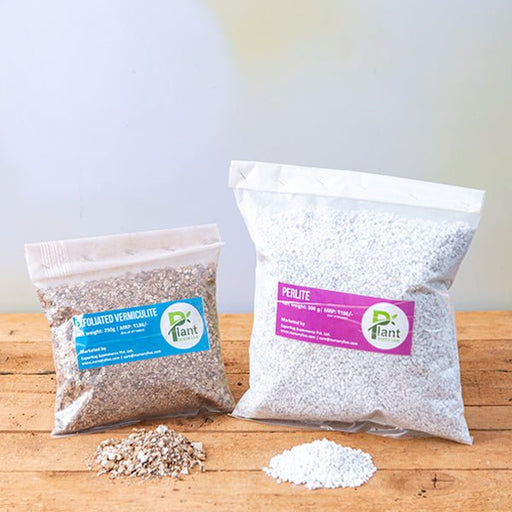 Save 30%
Save 30%
Transform your gardening experience with our premium Combo of Perlite and Vermiculite. This unique blend is designed to enhance soil aeration and ...
View full details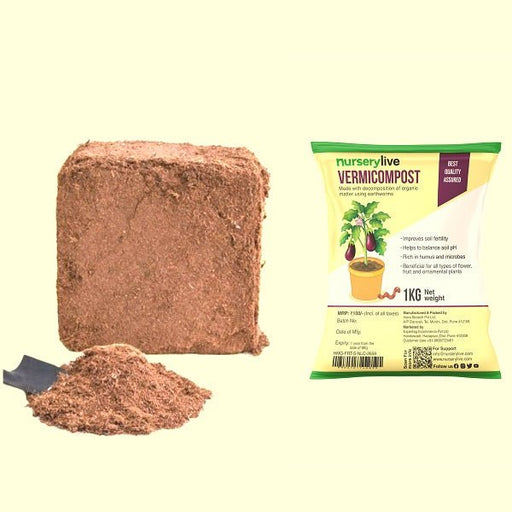 Save 27%
Save 27%
Combo of 2 Vermicompost and Cocopeat - Enrich Your Soil Naturally! Transform your garden into a thriving ecosystem with our Combo of 2 Ver...
View full details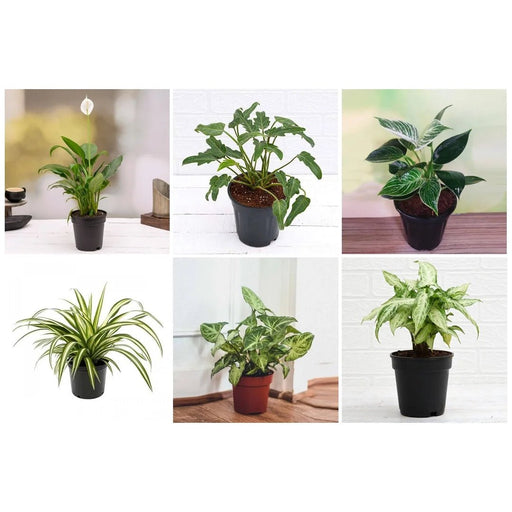
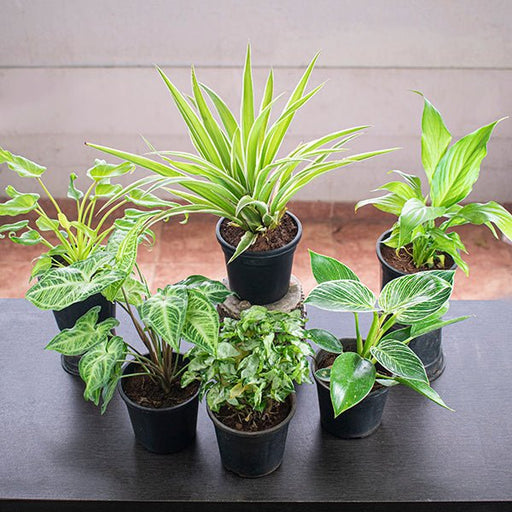 Save 35%
Save 35%
Best 6 Plants for Perfect Indoor Garden Transform your living space into a lush oasis with our curated collection of the Best 6 Plants for a...
View full details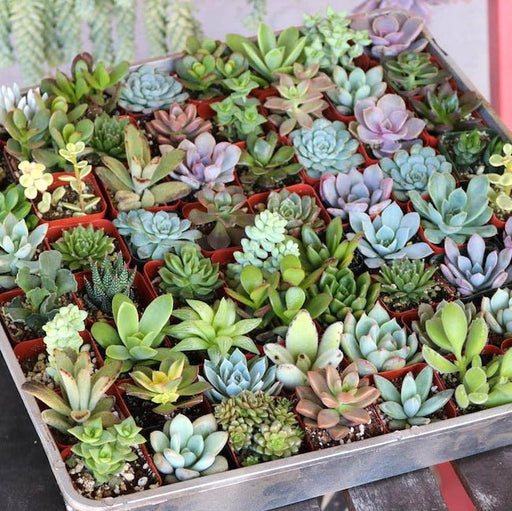
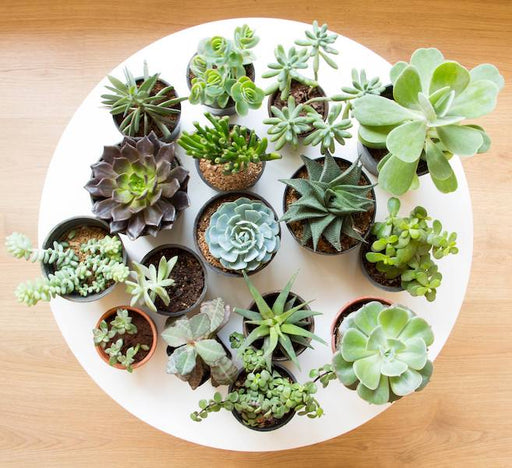 Save up to 50%
Save up to 50%
Mini Succulent Garden Pack Transform your space with our Mini Succulent Garden Pack, featuring a delightful collection of 4 any variety beautiful s...
View full details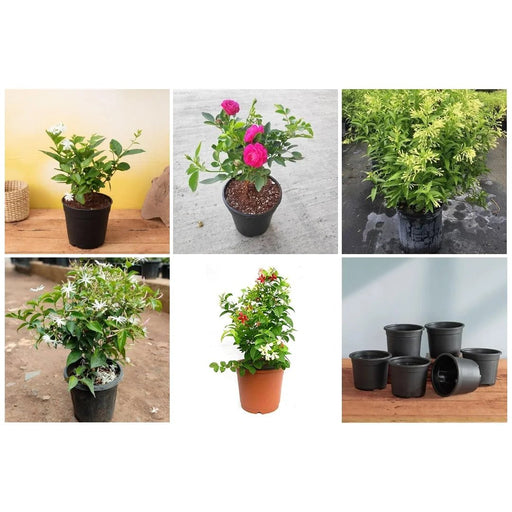
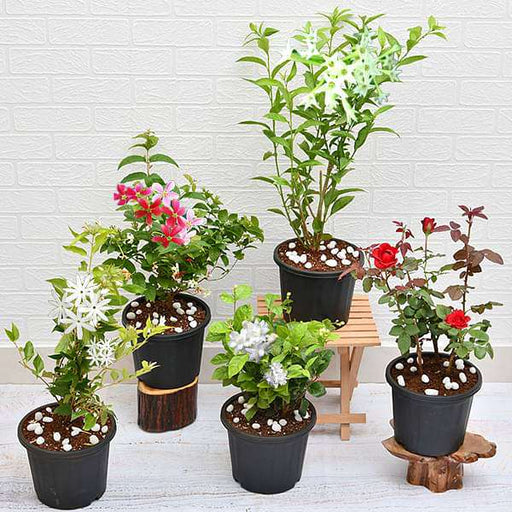 Save 30%
Save 30%
5 Best Fragrant Plants Transform your garden or indoor space into a fragrant paradise with our curated selection of the 5 Best Fragrant Plants. Th...
View full details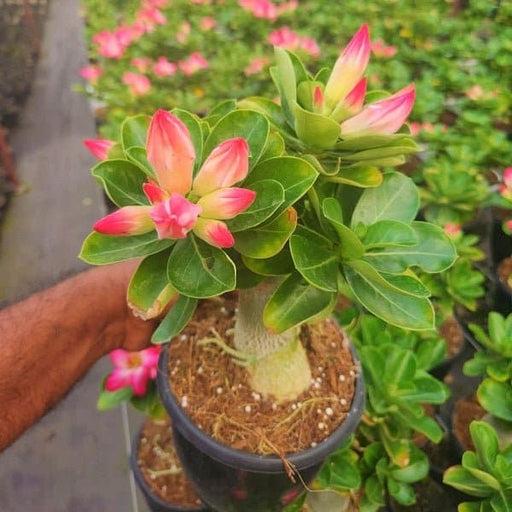
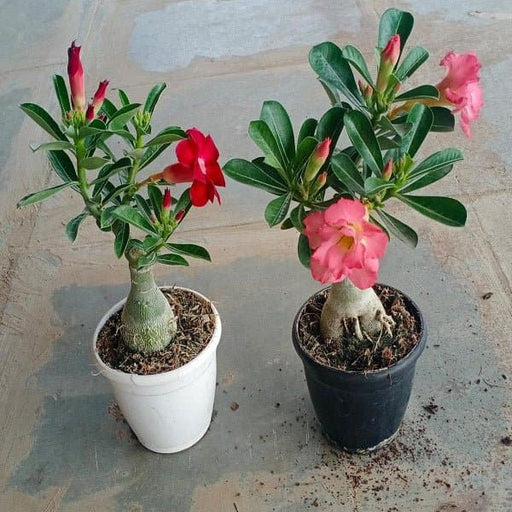 Save 24%
Save 24%
Set of 2 Bonsai Looking Grafted Adeniums Transform your indoor or outdoor space with our exquisite Set of 2 Bonsai Looking Grafted Adenium...
View full details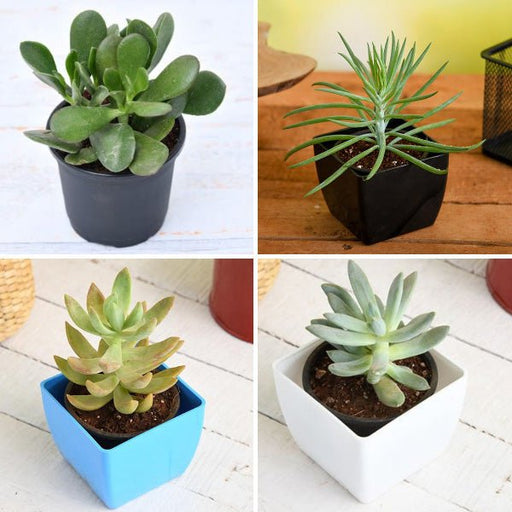 Save 45%
Save 45%
Top 4 Die Hard Succulents Pack Transform your indoor or outdoor space with our Top 4 Die Hard Succulents Pack, featuring a curated selecti...
View full details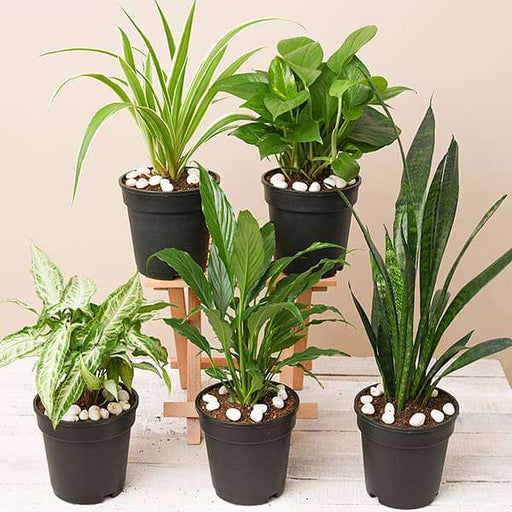
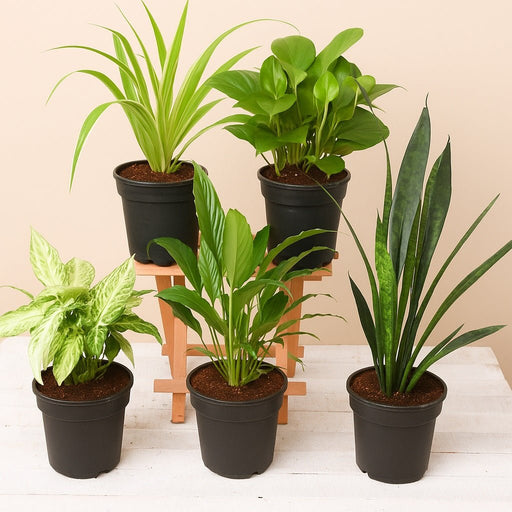 Save 30%
Save 30%
5 Best Indoor Plants Pack Transform your living space into a lush oasis with our '5 Best Indoor Plants Pack.' This carefully curated collection fe...
View full details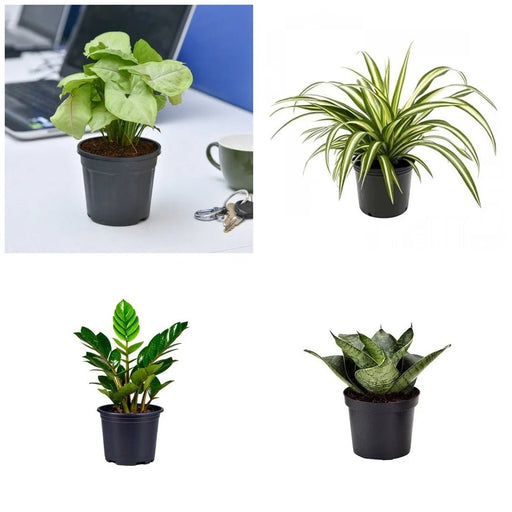
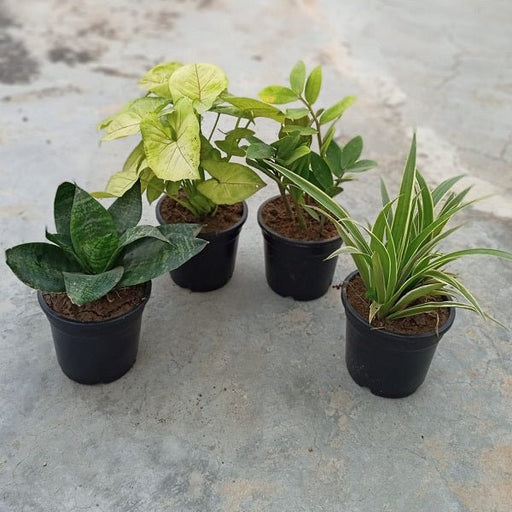 Save 25%
Save 25%
Set of 4 Evergreen Air Purifier Plant Pack Transform your indoor space into a lush, green oasis with our Set of 4 Evergreen Air Purifier Pla...
View full details| SrNo | Item Name |
|---|---|
| 1 | Persian Manna Plant |
The Persian Manna Plant, scientifically known as Ferula communis, is a striking perennial herb native to the Mediterranean region. Renowned for its tall, umbrella-like flower clusters and thick, hollow stems, this plant can reach heights of up to 3 meters. Historically, it has been valued not only for its ornamental beauty but also for its edible sap, known as manna, which has been used in traditional medicine and culinary applications.
What makes the Persian Manna Plant special is its unique ability to thrive in arid environments, making it a resilient choice for gardens in dry climates. Its impressive stature and striking flowers attract pollinators, contributing positively to local ecosystems. Additionally, the plant has a rich history, having been used since ancient times for its medicinal properties and as a food source.
One of the most notable features of the Persian Manna Plant is its sap, which is harvested and used as a natural sweetener and thickening agent. This sap is not only delicious but also packed with nutrients, making it a valuable addition to various dishes.
The Persian Manna Plant is an excellent choice for sustainable gardening, as it requires minimal water once established. Its ability to thrive in dry conditions helps conserve water resources, making it an eco-friendly option for arid landscapes. Additionally, by attracting pollinators, it supports local ecosystems and promotes biodiversity.
Ah, the Persian Manna, the tree that’s not just a pretty face! This delightful plant produces a sweet, sticky substance that has been used for centuries in traditional medicine and culinary delights. Think of it as nature’s candy, but without the guilt! It’s like the tree decided to throw a party and invited all the bees and birds. So, if you’re looking to impress your friends with your knowledge of exotic plants, drop this gem into the conversation. Just don’t be surprised if they start asking for a taste!
Manna Gum, the tree that’s got the sweet stuff! This tree is famous for its sap, which is a natural sweetener that has been enjoyed by many cultures. It’s like the tree’s way of saying, “Hey, I’ve got something special for you!” Perfect for those who want to add a touch of sweetness to their lives without resorting to processed sugars. Plus, it’s a great conversation starter at dinner parties. “Oh, this? Just some Manna Gum syrup I whipped up from my backyard tree!”
The Persian Manna Plant isn’t just a pretty face; it’s also a healer! Traditionally, its sap has been used to treat various ailments, from digestive issues to respiratory problems. It’s like having a mini pharmacy right in your garden. Who needs a doctor when you have a tree that can help with everything from a sore throat to a sweet tooth? Just remember, while it’s great for home remedies, it’s always wise to consult a professional before going full herbalist!
If you thought the Persian Manna Plant was just for show, think again! Its sweet sap can be used in a variety of culinary creations. From drizzling it over pancakes to using it as a natural sweetener in desserts, this tree is the ultimate kitchen companion. It’s like having a secret ingredient that makes everything taste better. So, if you want to impress your guests with your gourmet skills, just add a splash of Manna and watch their taste buds dance!
The Persian Manna Plant is not just a tree; it’s a sustainable gardening superstar! This hardy plant thrives in various conditions, making it an excellent choice for eco-conscious gardeners. It’s like the tree is saying, “I can handle it all!” Plus, its ability to attract pollinators means you’re not just growing a tree; you’re creating a mini-ecosystem. So, if you’re looking to go green, this tree is your best friend. Plant it, nurture it, and watch your garden flourish!
The Persian Manna Plant is the ultimate survivor! With its impressive drought resistance, this tree can thrive even in the harshest conditions. It’s like the tree has a built-in survival guide. So, if you live in a dry area and want a plant that won’t wilt at the first sign of a heatwave, look no further. This tree is the tough cookie of the plant world, standing tall while others crumble under pressure.
Looking to spruce up your garden? The Persian Manna Plant is here to save the day! With its unique appearance and sweet sap, it’s a fantastic addition to any landscape design. Imagine a tree that not only looks good but also provides a tasty treat! It’s like the cherry on top of your gardening sundae. Whether you’re going for a rustic vibe or a modern aesthetic, this tree fits right in. Your neighbors will be green with envy!
The Persian Manna Plant is a pollinator’s paradise! With its sweet sap and vibrant foliage, it attracts bees, butterflies, and other beneficial insects. It’s like throwing a party for nature’s little helpers. By planting this tree, you’re not just beautifying your garden; you’re also supporting the ecosystem. So, if you want to be the hero of the pollinator world, plant a Persian Manna and watch the buzz unfold!
The Persian Manna Plant is as adaptable as they come! Thriving in various soil types and climates, it’s like the tree has a PhD in survival. Whether you have sandy soil or clay, this tree doesn’t discriminate. It’s perfect for novice gardeners who want a low-maintenance plant that still delivers. Just give it some sunlight and water, and it’ll reward you with its sweet sap and stunning presence. Gardening has never been this easy!
Harvesting Manna from the Persian Manna Plant is like a sweet treasure hunt! The sap can be collected with a little patience and skill, turning your garden into a mini sugar factory. It’s a fun activity for the whole family, and who doesn’t love a little adventure? Just remember to be gentle; this tree is a giver, not a taker. With the right technique, you’ll be enjoying your homemade Manna syrup in no time!
The Persian Manna Plant isn’t just a tree; it’s a cultural icon! Revered in various traditions, its sap has been used in religious ceremonies and folk medicine. It’s like the tree has a rich history that adds depth to your garden. By planting it, you’re not just growing a plant; you’re connecting with centuries of tradition. So, if you want to add a touch of history to your landscape, this tree is your ticket to the past!
The Persian Manna Plant, also known as "Manna Ash," is a delightful tree that produces a sweet, edible resin. Think of it as nature's candy factory! This unique plant thrives in arid regions and has been cherished for centuries for its medicinal properties and culinary uses. Sweet tooth, meet your new best friend!
The Persian Manna Plant loves to bask in the sun, primarily found in the Middle East, particularly Iran and surrounding areas. It thrives in dry, rocky soils, making it the perfect desert diva. If you’re looking for it, just follow the scent of sweet resin wafting through the arid air—nature’s dessert cart!
This plant is a multitasker! Its resin is not only a sweet treat but also has medicinal properties, often used in traditional remedies. From soothing digestive issues to acting as a natural sweetener, the Persian Manna Plant is like the Swiss Army knife of the botanical world—versatile and oh-so-useful!
Absolutely! The resin is edible and has a sweet, honey-like flavor. It’s often used in desserts, teas, and even as a natural sweetener. Just imagine drizzling it over your favorite dish—talk about a gourmet upgrade! Just remember, moderation is key; too much of a good thing can lead to a sticky situation!
Harvesting the resin is like a sweet treasure hunt! Simply make incisions in the bark, and the sap will ooze out, hardening into delicious resin. It’s best done in late spring or early summer when the plant is feeling generous. Just be gentle; we don’t want to upset our sweet little friend!
The Persian Manna Plant is a health superstar! Its resin is known for its anti-inflammatory and digestive benefits. It’s also packed with antioxidants, making it a natural defender against free radicals. So, if you’re looking for a tasty way to boost your health, this plant is your go-to herbal ally!
Yes, you can channel your inner gardener! The Persian Manna Plant can be grown in well-drained soil and plenty of sunlight. Just remember, it prefers a dry climate, so if you live in a rainforest, it might not be the best fit. But for those in arid regions, it’s a sweet addition to your garden!
You bet! The Persian Manna Plant is like the superhero of drought resistance. It thrives in dry conditions and can withstand long periods without water. This makes it an excellent choice for xeriscaping or low-maintenance gardens. Just plant it, sit back, and let it do its thing—no watering can required!
The sweet resin is a magnet for various critters! Birds, insects, and even some mammals can’t resist the sugary goodness. It’s like throwing a party in your garden, and everyone’s invited! Just be prepared for some unexpected guests who might want to share in the sweet bounty.
Like any diva, the Persian Manna Plant can attract a few unwanted guests. Aphids and scale insects may try to crash the party. Regular checks and a gentle spray of water can keep these pests at bay. After all, we want our plant to shine without any pesky interruptions!
The Persian Manna Plant is a long-lived beauty, often thriving for several decades. With the right care, it can be a sweet companion for years to come. Just think of it as a botanical friendship that stands the test of time—like a fine wine, it only gets better with age!
Absolutely! The resin can be used in various culinary delights, from sweetening teas to enhancing desserts. It’s like adding a touch of magic to your dishes. Just remember to experiment and have fun—after all, cooking is all about creativity, and the Persian Manna Plant is your secret ingredient!